
A pooled analysis trial assessed the impact of acalabrutinib in patients with chronic lymphocytic leukemia across treatment lines.

Your AI-Trained Oncology Knowledge Connection!


A pooled analysis trial assessed the impact of acalabrutinib in patients with chronic lymphocytic leukemia across treatment lines.

Frontline acalabrutinib plus bendamustine/rituximab may become a new standard therapy in MCL, according to Michael Wang, MD.
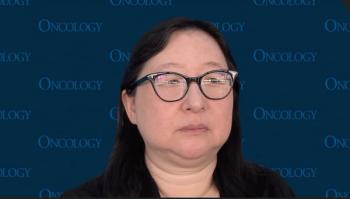
Future meetings may address how immunotherapy, bispecific agents, and CAR T-cell therapies can further impact the AML treatment paradigm.

Treatment with revumenib appeared to demonstrate efficacy among patients with KMT2A-rearranged acute leukemia in the phase 2 AUGMENT-101 study.

Experts discuss updated findings presented at the 2024 EHA Congress in diseases such as mantle cell lymphoma and acute myeloid leukemia.

Data from the REVEAL study affirm elevated white blood cell counts and higher variant allele frequency as risk factors for progression in polycythemia vera.

Phase 1 data show no dose-limiting toxicities with sonrotoclax plus zanubrutinib for patients with relapsed/refractory CLL or SLL.

Data from the phase 3b JUMP trial support the use of ruxolitinib in myelofibrosis regardless of baseline or treatment-related anemia.

Progression-free survival and overall survival appear to be shorter in patients with TP53-mutant CLL vs those with TP53 wild-type disease.

Phase 1/2 data highlight the benefit of linvoseltamab even among prespecified high-risk patient subgroups with relapsed/refractory multiple myeloma.

Additional analyses of patient-reported outcomes and MRD status in the QuANTUM-First trial are also ongoing, says Harry P. Erba, MD, PhD.

A cohort study of the KarMMa-2 trial found durable responses in patients with high-risk multiple myeloma treated with ide-cel.

The likelihood of response was also higher in patients who received no more than 3 lines of therapy prior to liso-cel in the TRANSCEND CLL 004 trial.

Treatment with zanubrutinib (Brukinsa) was found to have cost savings and quality-adjusted life year benefits compared with acalabrutinib (Calquence) in patients with B-cell malignancies.
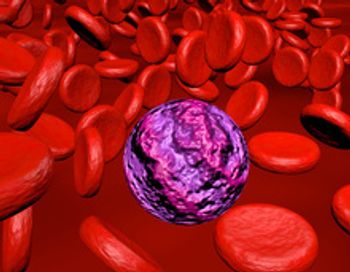
Arsenic trioxide combined with all-trans retinoic acid and idarubicin significantly improved event-free survival vs ATRA and chemotherapy in patients with newly diagnosed, high-risk acute promyelocytic leukemia.

Data from STARGLO showed that fixed-duration glofitamab-gxbm (Columvi) plus gemcitabine/oxaliplatin significantly improved survival compared with rituximab (Rituxan) plus gemcitabine/oxaliplatin in select patients with relapsed/refractory diffuse large B-cell lymphoma.
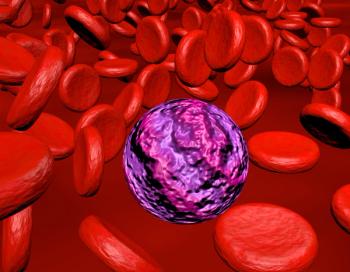
Blinatumomab demonstrated “impressive activity” in the ALLTogether1 DS study, according to Sujith Samarasinghe, BSc, MBBS, MRCPCH, FRCPath, PhD.

Data from the REVEAL trial support identifying history of thromboembolic events as a potential novel risk factor in those with polycythemia vera.

Investigators must continue to explore the space for lisocabtagene maraleucel in mantle cell lymphoma, according to Manali Kamdar, MD.

More than half of the patients included in the phase 1b BP41072 study achieved a complete response to englumafusp alfa plus glofitamab.
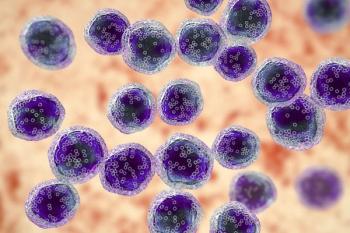
High-grade cytokine release syndrome in the WU-CART-007 1001 trial was manageable with supportive care.

The rate of disease progression among patients with low- or intermediate-risk myelofibrosis appeared to increase over time in the MOST study.
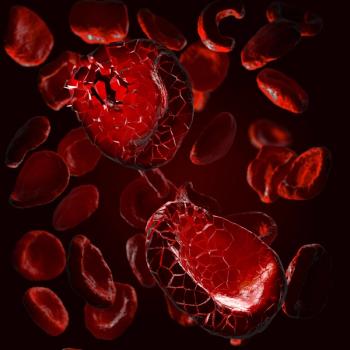
Administering CAR T-cell therapy in an outpatient setting to patients with relapsed/refractory non-Hodgkin lymphoma was deemed feasible and safe.

Patients with 1 prior line of therapy had improved outcomes on acalabrutinib compared with those who had 2 or more prior lines.

TRANSCEND NHL 001 subgroup analysis found that liso-cel may be more effective for patients with mantle cell lymphoma in earlier lines of treatment.
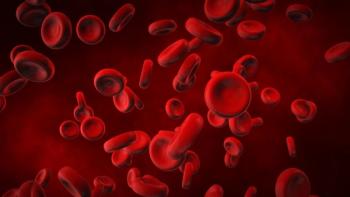
Those with relapsed/refractory multiple myeloma and lower tumor burden are also more likely to have deeper responses to idecabtagene vicleucel.
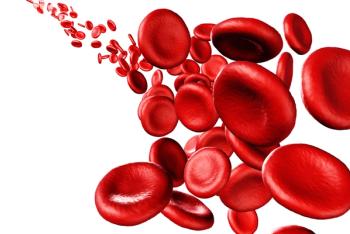
A single infusion of ciltacabtagene autoleucel produces a manageable safety profile among patients with relapsed/refractory multiple myeloma in the phase 1b/2 CARTITUDE-1 study.
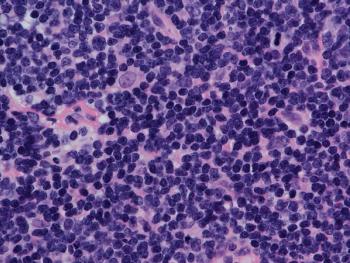
Overall survival rates at 12 and 36 months appear to favor the addition of acalabrutinib to bendamustine and rituximab in the treatment of those with mantle cell lymphoma in a phase 1b trial.

Most treatment-related adverse effects were low-grade following treatment with BMS-986158 plus ruxolitinib or fedratinib in a population of patients with intermediate- or high-risk myelofibrosis.
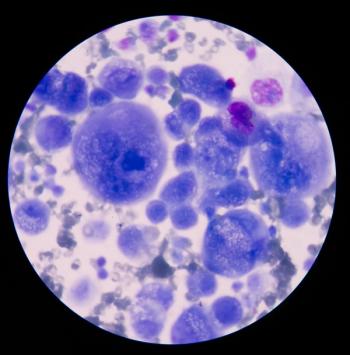
Replacing vincristine with polatuzumab vedotin in R-mini-CHOP, although it hasn’t increased grade 3/4 hematologic toxicity, may increase gastrointestinal adverse effects in a cohort of frail patients with diffuse large B-cell lymphoma.